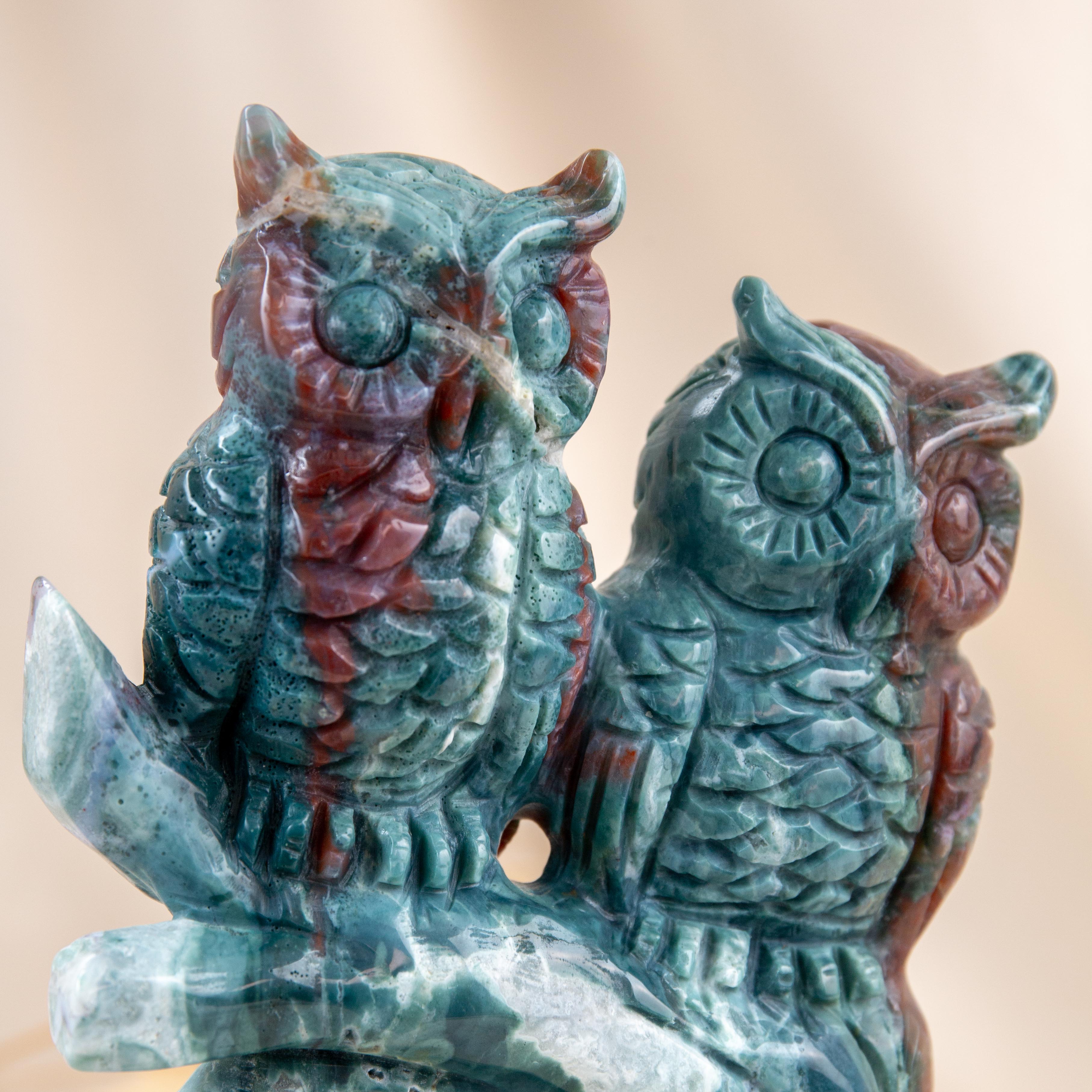
Shattuckite is a lovely and vibrant blue to greenish-blue mineral that is often associated with spirituality, communication, and intuition. Here's more information about Shattuckite:
Color: Shattuckite is known for its striking blue to greenish-blue color, which can range from pale to deep azure. It often occurs with malachite and azurite, creating beautiful color combinations.
Composition: Shattuckite is a copper silicate mineral, typically composed of copper, silicon, oxygen, and hydrogen. It is often found alongside other copper minerals like azurite and malachite.
Luster: When polished, Shattuckite exhibits a vitreous (glass-like) luster.
Hardness: Shattuckite has a hardness of about 3.5 to 4 on the Mohs scale, making it relatively soft compared to many other gemstones and minerals.
Occurrence: Shattuckite is found in various locations around the world, including Arizona in the United States, Namibia, the Congo, and Australia.
Metaphysical and Healing Properties: Shattuckite is believed to be associated with intuition, spiritual guidance, and clear communication. It is often used in meditation and energy work to enhance one's connection with the spiritual realm and facilitate clear expression and understanding.
Jewelry and Decorative Use: While Shattuckite's softness makes it less suitable for use in traditional jewelry, it is occasionally used for creating pendants, cabochons, and ornamental items. Its stunning blue color and spiritual connotations make it an attractive choice for those interested in both aesthetics and metaphysical purposes.
Sustainability: As with any mineral or gemstone, it's essential to consider ethical sourcing practices when purchasing Shattuckite. Supporting vendors who prioritize responsible mining and trading is important.
Shattuckite is admired for its vibrant blue color and its potential spiritual and communicative properties. It is often seen as a symbol of insight and clear expression, making it a favored choice for spiritual and metaphysical purposes.








